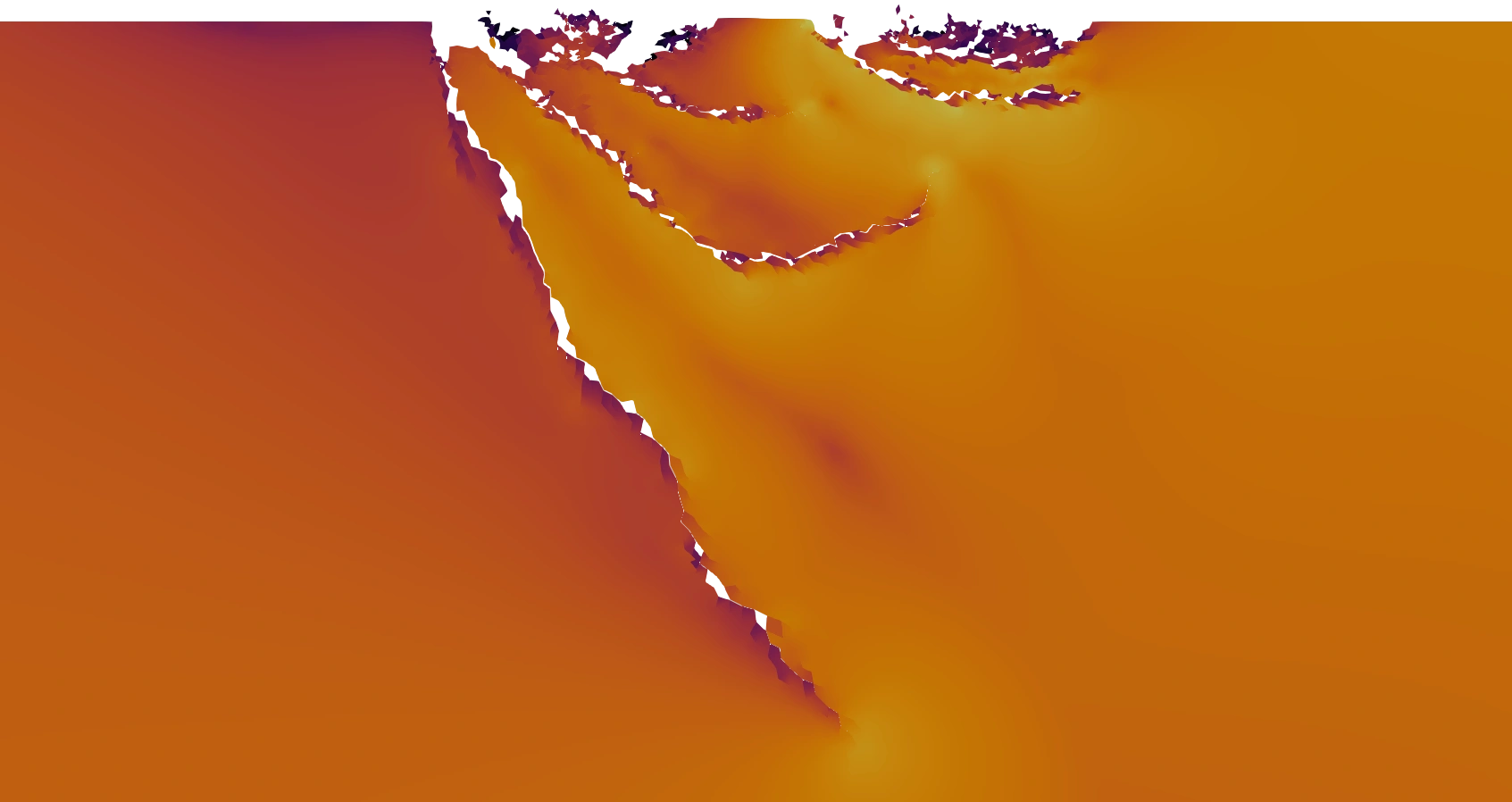Authors: Nicolas Richart, Guillaume Anciaux, Emil Gallyamov, Lucas Frérot, David Kammer, Mohit Pundir, Marco Vocialta, Aurelia Cuba Ramos, Mauro Corrado, Philip Müller, Fabian Barras, Shenghan Zhang, Roxane Ferry, Shad Durussel, and Jean-François Molinari
Complex, nonlinear, and transient phenomena are at the heart of modern research in mechanics of materials. For example, the buildup and release of elastic energy at geological fault is what causes earthquakes, and the intricate details of the slip zone, the propagation of slip fronts and waves radiated through the various geological media are still active areas of research (Kammer et al., 2012, 2014; Roch et al., 2022). Similarly, understanding fracture in heterogeneous materials such as concrete, masonry or ceramics necessitates the modeling of interaction of crack fronts with complex materials (A. I. Cuba Ramos et al., 2018; Taheri Mousavi et al., 2015; Yilmaz et al., 2017), the representation of residual shear stresses in the contact of newly-formed crack surfaces (Pundir & Anciaux, 2021; Zhang et al., 2017), and the accurate characterization of transient dynamics (Corrado & Molinari, 2016; Vocialta et al., 2018) and material structure evolution (A. I. Cuba Ramos et al., 2018; Gallyamov et al., 2020). The finite-element method is now ubiquitous in virtually all areas of solid mechanics. With meticulous care on code architecture and performance, we show that our finite-element library Akantu can handle the requirements mentioned above for state-of-the-art research in mechanics of materials. Akantu is designed from the ground up for high-performance, highly distributed computations, while retaining the necessary flexibility to handle:
- crack propagation with cohesive elements
- non-local damage models
- plastic and visco-plastic constitutive laws
- large deformations
- contact constraints (including rate and state friction)
- interaction between contact and cohesive elements (residual crack shear strength)
Cover art: dynamic fragmentation of a sheared interface simulated in large deformations with Akantu and rendered with Paraview
